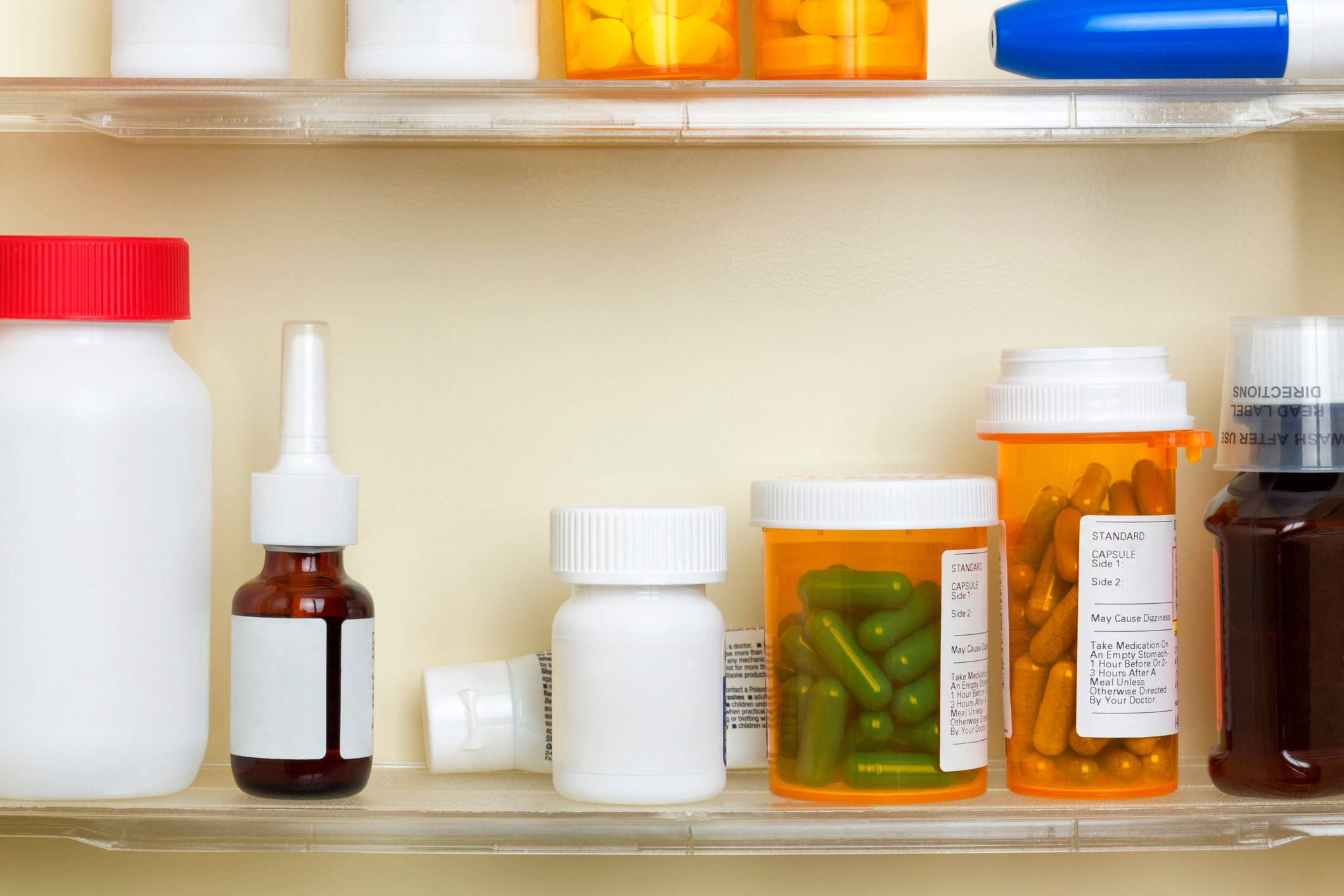AbbVie Inc. (ABBV +1.80%) was a top performer last year, thanks to growing confidence that its best-selling drug, Humira, can escape biosimilar competition until 2022. This week, AbbVie's management fueled investor optimism further by outlining financials for the future that included a bullish outlook for Humira sales and billions in revenue from new drugs.
What's the back story?
AbbVie's one of the largest biopharma companies in the world, but it generates more than 60% of its sales from Humira alone. Humira generates over $18 billion on annualized sales, as it's widely used to treat a variety of autoimmune diseases, including rheumatoid arthritis, and it costs tens of thousands of dollars per year.

IMAGE SOURCE: GETTY IMAGES.
Patents protecting Humira, however, have begun expiring, and that's caused concern that Humira's remaining patents wouldn't be strong enough to prevent upstarts from launching cheaper biosimilar copycats.
Those concerns abated somewhat in 2017, after the U.S. Patent Office denied Coherus Biosciences' request to challenge AbbVie's patent in September. The Patent Office's decision prompted another AbbVie competitor, Amgen (AMGN +0.91%), to agree shortly thereafter to a non-exclusive license that prohibits it from marketing a Humira biosimilar in the U.S. until 2023.
What management's saying
Amgen does have the right to begin selling its Humira biosimilar in Europe this year, but AbbVie still told investors at the annual J.P. Morgan Healthcare conference this week that it believes global Humira sales will grow to nearly $21 billion in 2020.
Humira sales will slip once biosimilars launch in the U.S., but management's also saying it's confident it can manage the decline. As a result, management believes Humira will be a "significant part" of AbbVie's cash-generation story through at least 2025.
Confidence in Humira's runway is particularly encouraging to investors, given that it suggests sales from new drugs that are coming out of AbbVie's pipeline won't be offset by declining Humira demand. Management says non-Humira revenue will climb from about $9.6 billion in 2017 to over $16 billion in 2020, and if approvals go its way, non-Humira sales could eclipse $35 billion in 2025.
That sales growth will be due to sales momentum for Imbruvica, Venclexta, Mavyret, and Zinbryta and the positive impact of new drugs, including Rova-T, upadacitinib, and risankizumab.
The company thinks that it could secure an approval for Rova-T in third-line small-cell lung cancer either later this year or early next year and that approvals for upadacitinib and risankizumab, two possible Humira successors, could occur as soon as 2019.
It's anyone's guess if trials evaluating those new drugs will pan out as planned, but if they do, those drugs could be big winners. Management thinks Rova-T's peak sales opportunity in solid-tumor cancers could be in the multiple billions of dollars per year. The peak opportunity for upadacitinib and risankizumab, however, could be even bigger. Management says those two drugs have a shot at generating $6.5 billion and $5 billion in sales at their peak, respectively.
What's the takeaway?
AbbVie has a great track record of returning money to investors through dividends, and management's outlook adds credence to the thinking that isn't going to change anytime soon. If Humira maintains its market share for long enough to pass the baton to AbbVie's other drugs, then cash should keep flowing in support of future dividend increases. The combination of top-line growth from AbbVie's pipeline and dividend growth makes AbbVie a great stock to consider for both growth and income portfolios.









